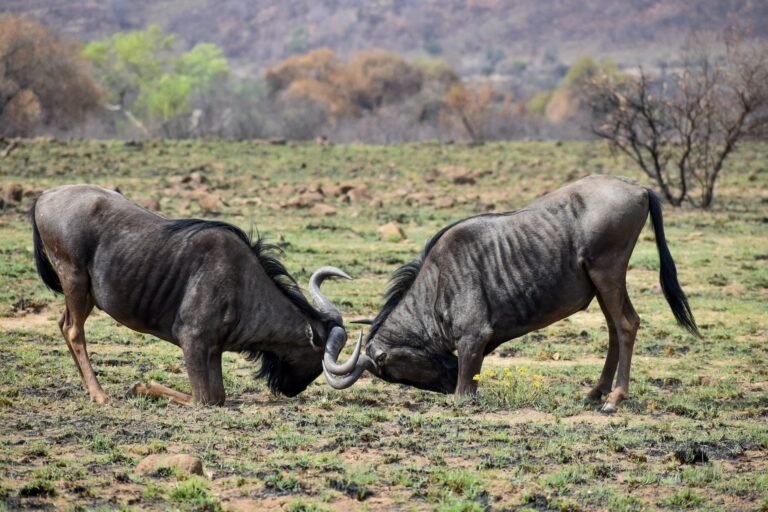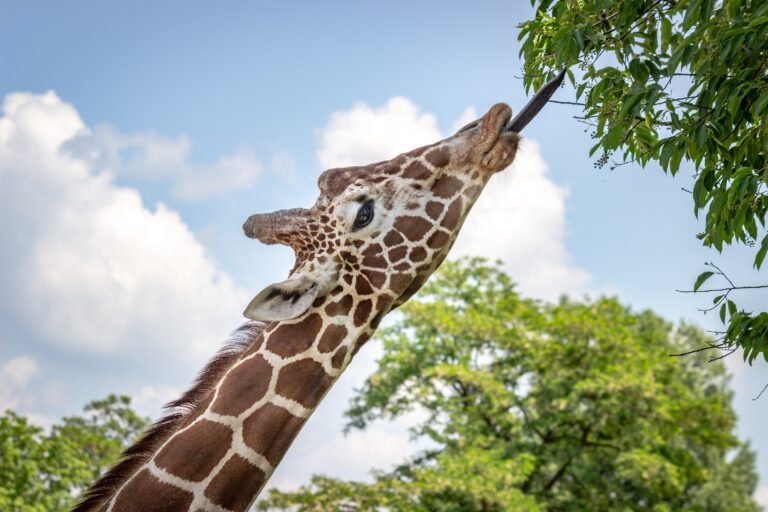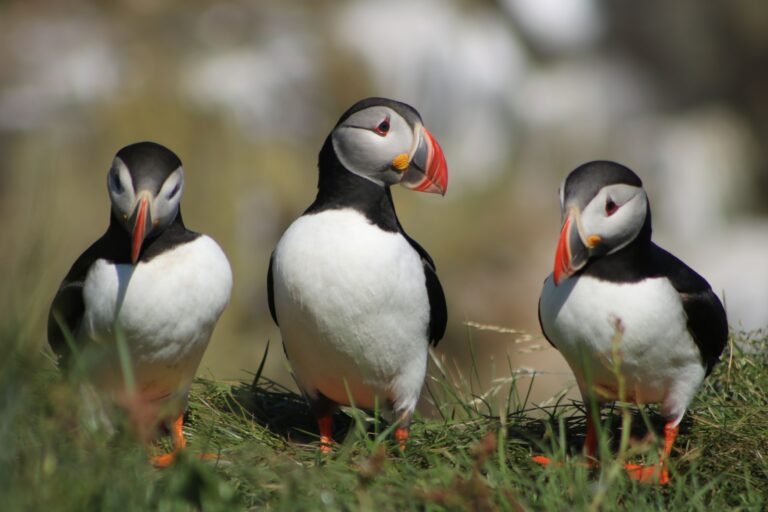Arctic wolf (Canis lupus arctos)
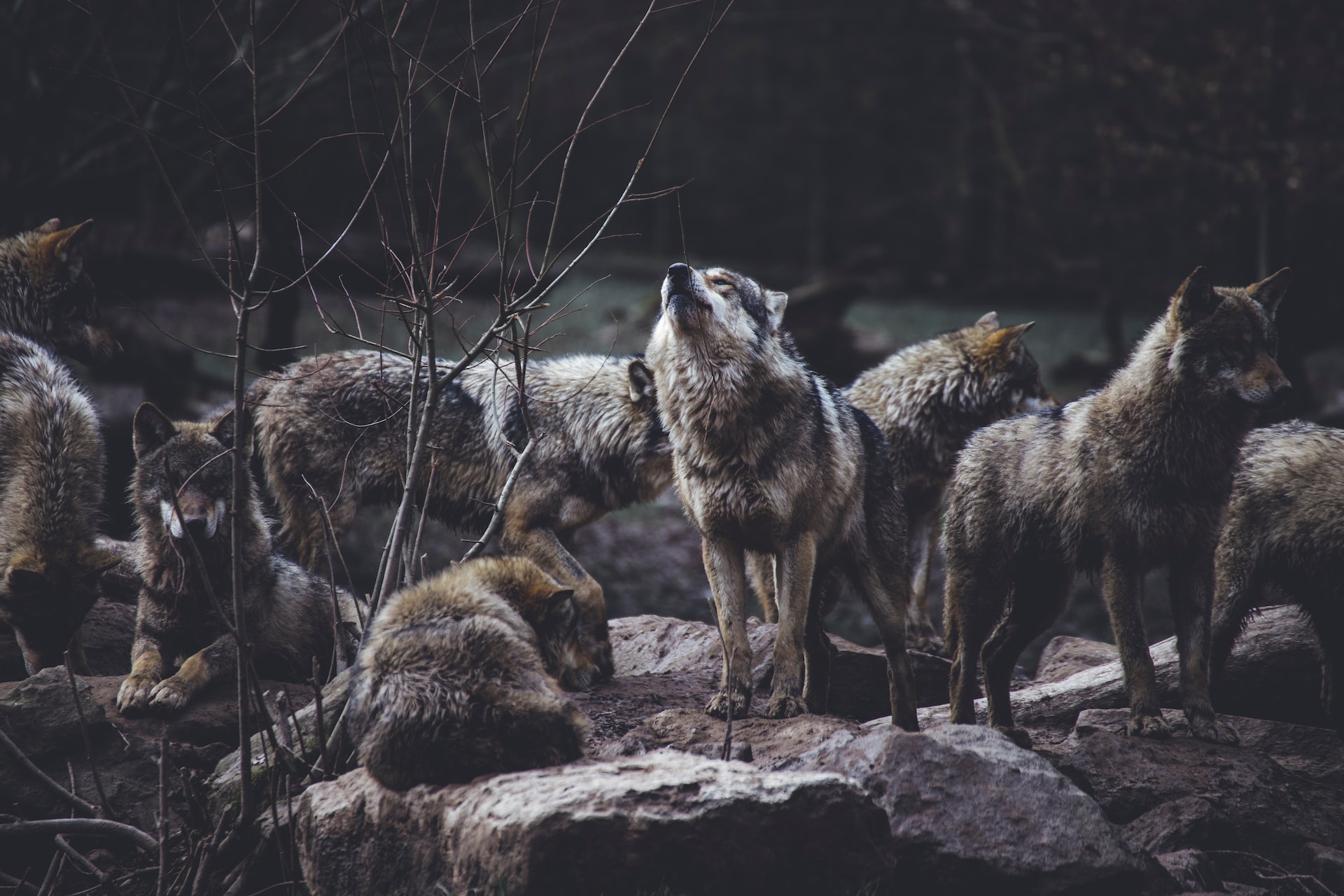
The arctic wolf (Canis lupus arctos), also called polar wolf or white wolf, is a mammal of the Canidae family and a subspecies of the gray wolf. They inhabit the Canadian Arctic and northern Greenland. The arctic wolf and gray wolf are the only subspecies of wolf that can still be found throughout its original range, largely because in their natural habitat they rarely encounter the humans.
CHARACTERISTICS OF THE ARCTIC WOLF
These species are generally smaller than gray wolves. They measure between 0.9 to 1.8 meters in length, including the tail. The male is larger than the female. The height of their shoulders varies from 63 to 79 centimeters. Arctic wolves are larger than gray wolves and often weigh more than 45 kilograms. Adult males weigh between 80 and 175 kg.
Arctic wolves usually have small ears, which helps them maintain body heat. The alpha male is always the largest and will continue to grow after growth stops in other wolves. The arctic wolf can be black, gray or white.

HUNTING BETWEEN ARCTIC WOLVES
The arctic wolf, like all wolves, hunts in packs. They mainly attack caribou and muskox, but they also kill a number of arctic hares, seals, ptarmigan and lemmings, as well as other small animals. Moose are also common prey, their long legs can make them slow and sometimes stuck in deep snow, making them vulnerable to attacks from packs of wolves. As grazing is scarce, they range over large areas to find prey up to 2600 square kilometers and they follow migrating caribou during the winter.
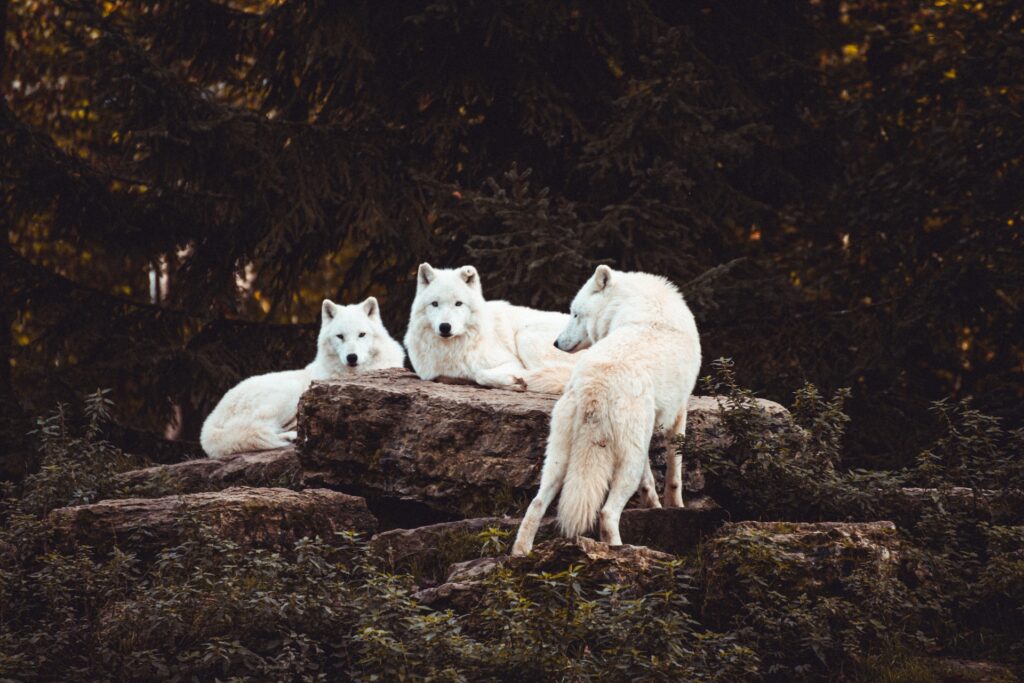
ARCTIC WOLF REPRODUCTION
Normally, only male and alpha female arctic wolves breed, but others can also mate in large flocks. Due to arctic permafrost and the difficulty it poses for digging dens, arctic wolves often use rocky outcrops, caverns, or even shallow depressions as dens. The mother gives birth to 2-3 cubs in late May or early June, about a month later than gray wolves. The lower number of pups compared to the average 4-5 in gray wolves is generally thought to be due to the lack of prey in the Arctic. Female arctic wolves have a gestation period of approximately 63 days. The little wolves stay with their mother for 2 years.
At birth, wolf cubs tend to have darker fur and their eyes have blue irises that turn a yellow-gold or orange color when the cubs are between 8 and 16 weeks old. Although extremely unusual, it is possible for an adult wolf to retain its blue iris.
These animals have reached a life expectancy of more than 18 years in captivity; however, in the wild, the average lifespan is only 7-10 years.
CONSERVATION STATE OF THE ARCTIC WOLF
This species of wolf is listed as ‘Least Concern’. The White Wolf Sanctuary is a refuge for arctic wolves located in Tidewater, Oregon. The average wolf population in the sanctuary is 8-10 on 40 acres, some of which are rescued wolves that have been injured, unwanted, or abandoned.

